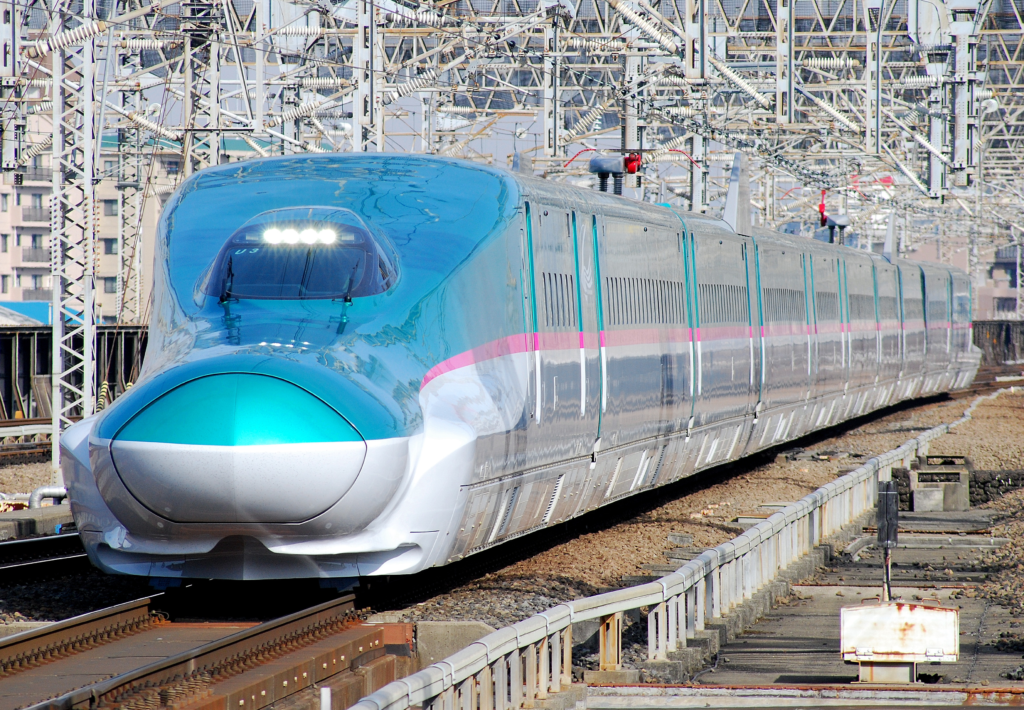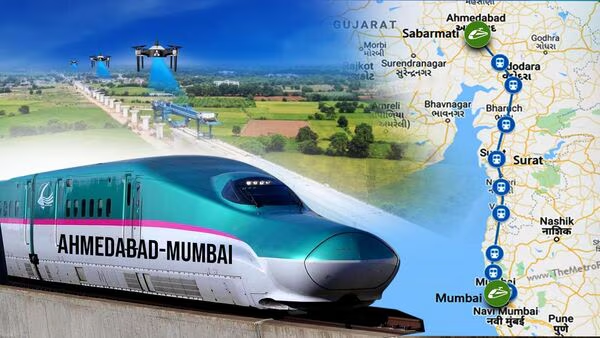India’s first bullet train project—the Mumbai-Ahmedabad High-Speed Rail (MAHSR) corridor—is gaining momentum, with the entire stretch expected to be completed by December 2029. According to Railway Minister Ashwini Vaishnaw. In a written reply to the Lok Sabha on July 23, the minister shared that the Gujarat portion between Vapi and Sabarmati is targeted for completion by December 2027.
The project, which is both technologically complex and infrastructure-intensive, involves major civil works, track-laying, electrification, signaling, telecommunication, and the procurement of advanced trainsets. As such, final timelines can only be confirmed after all associated works are substantially completed.

The Mumbai-Ahmedabad bullet train project carries a staggering estimated cost of ₹1.08 lakh crore. Of this, 81% (₹88,000 crore) is being funded by the Japan International Cooperation Agency (JICA), making it one of the largest foreign-funded infrastructure collaborations in India. The remaining 19% (₹20,000 crore) is being shared as equity by the Ministry of Railways (50%), and the state governments of Maharashtra and Gujarat (25% each).
The implementing agency, National High Speed Rail Corporation Limited (NHSRCL)—a joint venture between the Government of India and participating state governments—is also actively working on expanding India’s bullet train network. Detailed Project Reports (DPRs) are already underway for additional high-speed corridors beyond the Mumbai-Ahmedabad route.
The bullet train project marks a significant leap in India’s transport infrastructure and aims to transform intercity travel with speeds up to 320 km/h. As the MAHSR corridor nears completion, it sets the foundation for a broader pan-India high-speed rail network, positioning the country for a high-tech mobility future.

